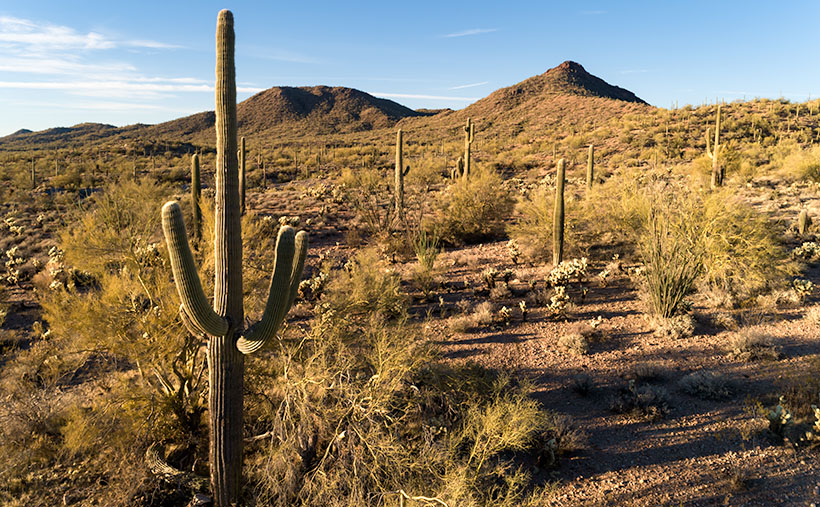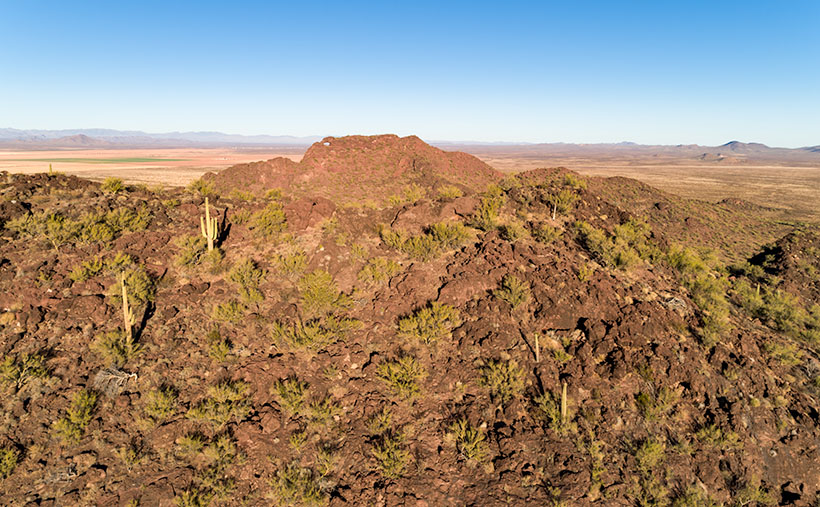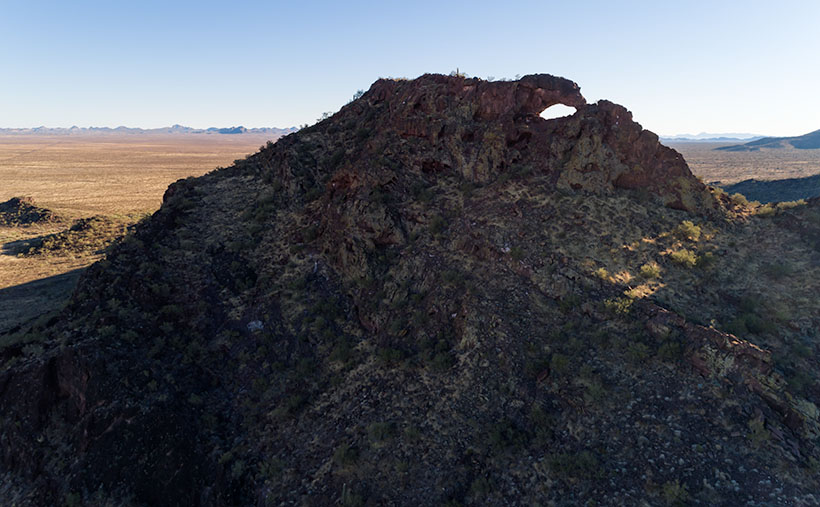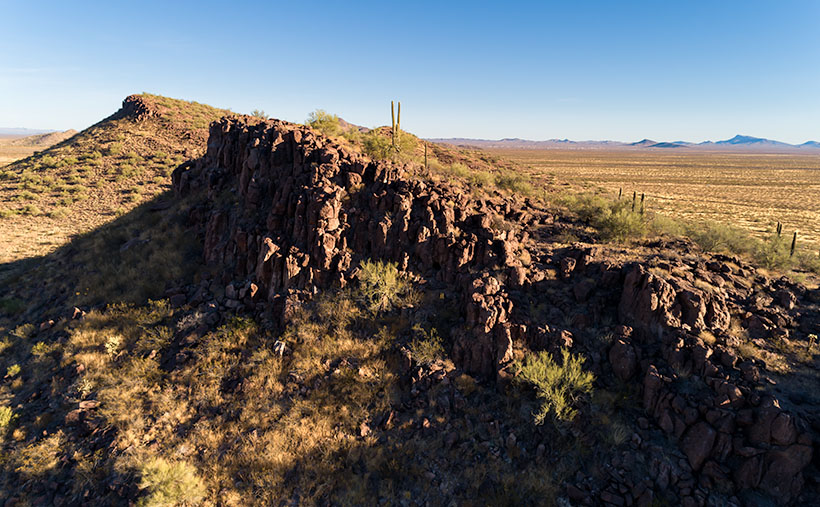Queen Anne and I spent a couple of days last week visiting our favorite foreign city. That’s right; we went to Algodones, Baja California. I had to see my dentist and have a couple of holes in my head filled. Instead, she worked on my teeth.
Algodones (it means cotton in English) is famous for liquor stores, pharmacies, and dentists. The little town has over 350 dental offices within a 10-minute walk from the crossing. It’s straightforward for visiting Snow-Birds to park in the lot, walk across, hit the liquor store for liquid courage, get a tooth fixed, and buy pain relief on the way out.
During the pandemic, the Mexican border is closed, but there are exceptions for medical, educational, and commerce visits. The big restriction placed for Algodones was closing the crossing at 2:00 pm instead of 10:00 pm. Early on, many people didn’t know that, so the wait times at the customs house were nil. Well, the secret’s out. The line of people going through customs was over a mile long. There’s a break in the gate where our dentist is, and when we can join the crowd there, it’s a half-hour wait. On Tuesday, the end of the line was three times that distance. It was 12:40 pm when we started. At 2:00, when the siren blew, we were only half-way to where our usual starting place.
The way customs close the border is interesting. If you’re in a car, you’re out of luck. You have to drive an hour to San Luis or Mexicali, where the crossings are open 24 hours. But if you’re a pedestrian in line, they stay open until the end of the line. That’s good because I thought we were going to sleep in a cardboard box like homeless people. It was 3:30 by the time we stopped at the Yuma Carl’s Jr. for lunch/dinner.
There was something weird on this trip that has never happened to us before. When we made it to the line’s the halfway point, an American guy jumps out of his car—taps on my shoulder—and asks if we want a ride in his car. “You’ll be in line for another couple of hours, but the cars are crossing in a half-hour.” His car had four people in it already. Anne and I glanced at each other and declined. I’m of the generation that said, “Gas, grass, or ass. Nobody rides for free.” What if we got in the car and he demanded cash that we didn’t have. We’d be back on the street and at the back of the line again. Everyone around us also turned him down. What would you do?
Get to the Picture
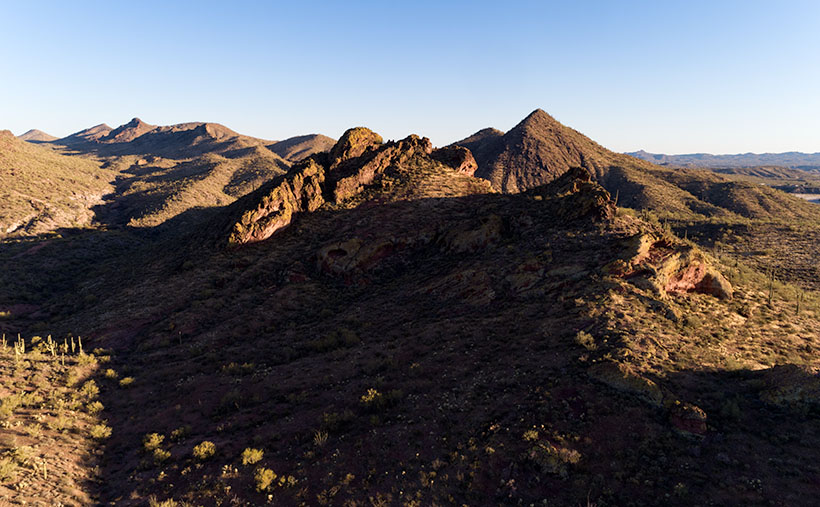
Speaking of this week’s picture . . . (I know it’s a lame segue, so I won’t charge you for this issue.) This is another view of the Mountains/Hills that we’ve been photographing in March. I found that they’re called the Black Hills because of the dark crust along their tops, hence the photo’s title. This version was taken on their other side, looking back to Wickenburg.
If you own one of my 2021 calendars, these rocks are the same subject as the March photo. This time I wanted to get a closer look at the interesting fault thrust in the foreground, but when I processed it, I realized I had captured more.
You can see the Hassayampa River as it flows down from the Bradshaw Mountains on the mountain’s left side. But here, it turns right—behind the foreground rocks—and it cut a gorge through these hills. It’s a local attraction called the Hassayampa Box Canyon. Unfortunately, it’s hidden in this shot, but there is a glimpse of the river after it hits the Hassayampa Plain on the right side. Here it turns into a wide, sandy, and the water flows beneath the sand. That’s why the native tribes call it Hassayampa—upside-down river.
I hope my photo brings completeness into your life. You can see a larger version on its Web Page by clicking here. I like reading your comments, so feel free to add your two cents below. Be sure to come back next week for another image from the Wickenburg area.
Until next time — jw

